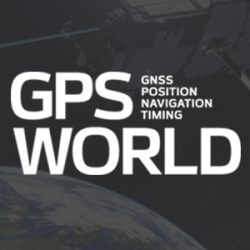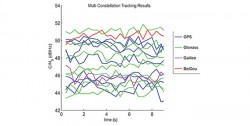
PNT Advisory Board Hears Air Force CNAV Plan
March 12, 2014
The U.S. National Space-Based Positioning, Navigation, and Timing (PNT) Advisory Board has published the minutes of its […]
Read More

The U.S. National Space-Based Positioning, Navigation, and Timing (PNT) Advisory Board has published the minutes of its […]

The departing Deputy Secretary of Transportation, John Porcari, wrote a letter in the closing days of 2013 opposing […]

The implementation changes and first live tests of BeiDou and Galileo on Teseo-3 GNSS chips developed in 2013 are covered, bringing it to a four-constellation machine. By 2020, we expect to have four global constellations all on the same band, giving us more than 100 satellites — under clear sky, as many as 30 or 40 simultaneously.

By Peter O. Large, Vice President, Trimble November 29, 2013, marks the 210th anniversary of the birth of […]


Wealth, breadth, and depth. That’s what this issue brings you, in signal simulation- and testing-related content. Unfortunately, the […]

The authors designed a full-constellation GNSS receiver, using a cost-effective, readily available, flexible front-end, wide enough to capture the frequency from 1555 MHz to 1607 MHz, more than 50MHz. This spectrum width takes into account BeiDou E2, Galileo E1, GPS L1, and GLONASS G1. In the course of their development, the authors used an external OCXO oscillator as the reference clock and reconfigured the platform, developing their own custom wide-band firmware.
Follow Us